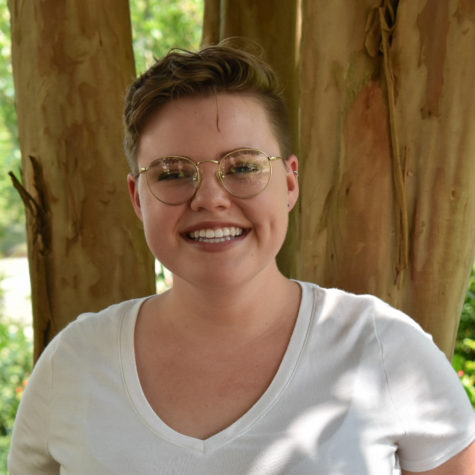Skinned knees and statistics: Going to college from the perspective of a marginalized student
Many students who hold marginalized identities have entirely different anxieties surrounding the transition to higher education.
College should be the most thrilling years of our young adult lives. For the first time, we are met with unbridled independence and full control of our futures. While slapping the hatchbacks of our sedans and finishing up our road trip playlists, some of us will worry if we’ve packed everything we need: Extra socks? Check. Charger? Check. DVD copy of the 1994 Winona Ryder feature film “Reality Bites”? Double check.
However, not everyone goes off to college bearing the same concerns.
It should be that easy for every student, but it isn’t. Many students who hold marginalized identities have entirely different anxieties surrounding the transition to higher education. Syracuse University defines the process of marginalizing as “pushing a particular group or groups of people to the edge of society by not allowing them an active voice, identity, or place in it.” This definition can apply to any number of identities, including myself, as a gay, genderqueer rising freshman in college.
Moving out and learning how to live on my own is hardly a blip on the horizon anymore. It’s arriving hard and fast, and I’m trying to be as prepared as I can to face the realities that come along with independence.
The world might not always be so sweet and nurturing as the streets of my hometown. Over the years, I’ve managed to skin my knees even on these familiar blocks and boulevards.
I try to stay actively conscious of my privileges as a financially stable white person, and not take them for granted. I also understand that I am a recognizably queer person ― I often wear “boys’” jeans and chest binders to school, have a backpack pin that says WAY GAY, and wear my Carabiner on my belt loop all because I want people to know. I want people to understand who I am and that I’m not afraid of it.
The people I’ve grown up with accept this, or at the very least, they’re accustomed to it. I don’t know how the people in my new town will look at me. I’m hoping for smiles, or even disinterest, but I’m bracing myself for confused and contemptful glares.
The fact is that marginalized students have an entirely different college experience waiting for them.
Several institutions prize diversity in the admissions process. Over the course of applying to seven different universities, both in and out of North Carolina, I answered, several times, why diversity is important to me. How will I provide a more diverse student body? What does diversity mean to me?
On the other side of admission, I’m left wondering: What does diversity mean to universities? Are marginalized students valued and cared for the same way that other students are, or are we just a statistic on paper?
According to Niche.com, the most diverse college in North Carolina is St. Andrews University, a private, Presbyterian school southwest of Fayetteville, with a 41.4% white student population, 17% black, and 1.6% Hispanic/Latino, according to Collegefactual.com. This is above the national average, and well above North Carolina’s average racial diversity on campus. However, these numbers are just that ― numbers.
Marginalized students have the right to be as safe and supported on campus as their non-marginalized peers. Universities can ensure this by making sure resources like councils, multicultural student unions, and career connections are in place for students, but more importantly, making sure that these resources are accessible. Many schools have these options and groups available but don’t advertise them as viable resources for their students.
College is an unattainable dream for thousands of students across the country. When some of us get there, we’re met with a jarring reality. Students with marginalized identities deserve a fair and complete education. Diversity shouldn’t be a percentage on a report ― it should be a standard.




